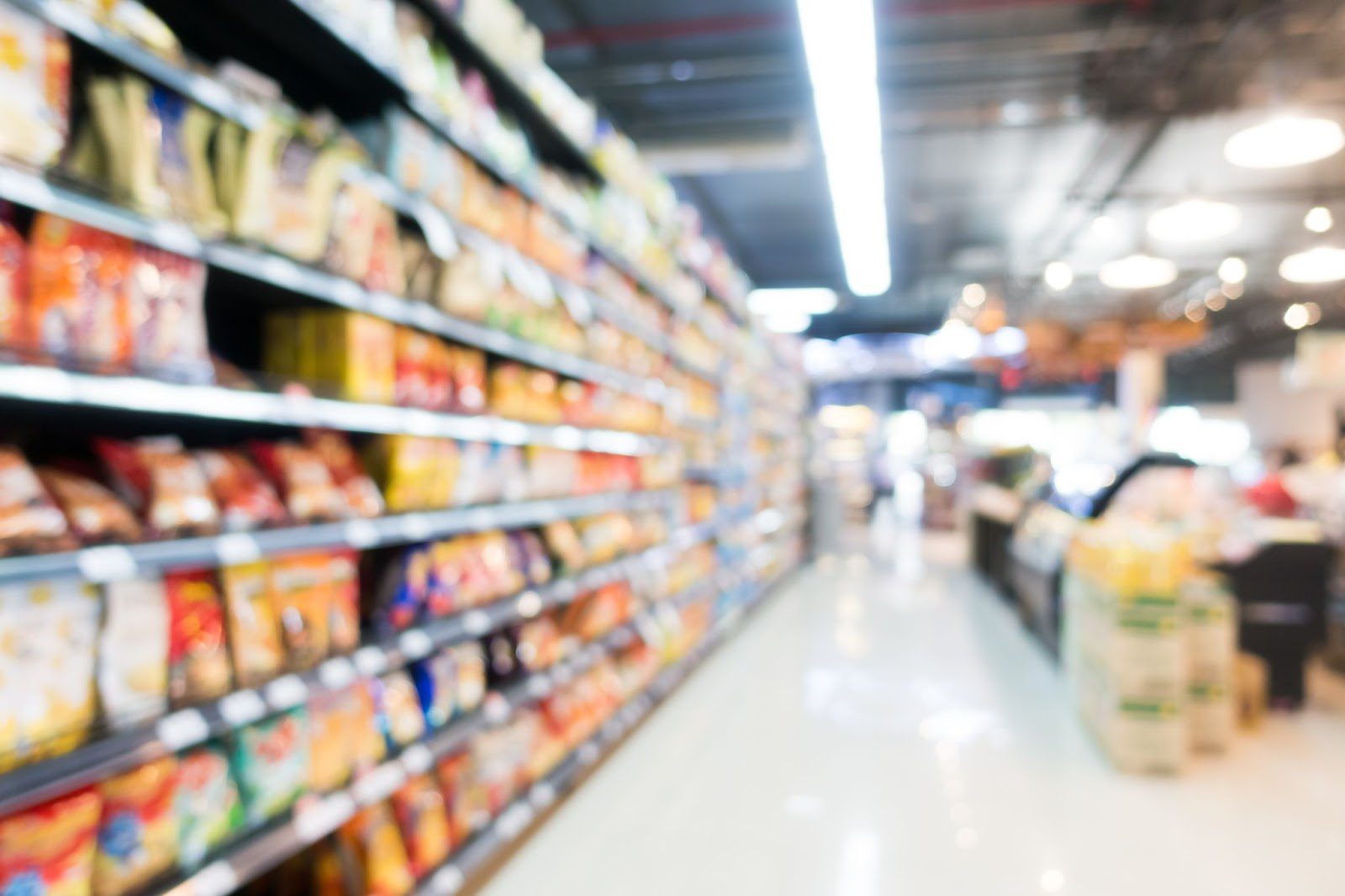In today’s fast paced world, Consumer packaged goods have become an integral part of our daily lives. From the beginning of our day, right to the end, we use these products that aid and abet us. From the toothpaste and soap we use in the morning, to snacks we much on during the evening, to the beverages we drink at night, consumer packaged goods are not something we can live without. In this blog, we would look to explore what is CPG (consumer packaged goods) and how they have become such an important aspect of our daily lives and play a significant role in the global economy.

Answering the Question: What is CPG (Consumer Packaged Goods?
Consumer packaged goods are typically low cost, high production products which can last anywhere between a week or a month. They are unlike durable goods or appliances which are designed to last for years. Consumer packaged goods are now an integral part of the global economy, and now own operate large multinational global conglomerates.
Food and beverages include items like snacks, dairy products, canned goods, and beverages. Household products consist of cleaning supplies, paper goods, and laundry detergents. Personal care items cover products like shampoo, toothpaste, cosmetics, and over-the-counter medications.
Why CPG Products Are Important?
Since CPG products have become such an integral part of our daily lives, they are always on demand and are a stable product in the economy. Unilever Pakistan CEO Amir Paracha has gone on record to say as why companies like Unilever and proctor and Gamble are so successful in Pakistan. Because Pakistan has a large population and that population is primarily consumers. This large population needs daily products such as soaps, shampoos, snacks etc. He said that the relatively inexpensive Rs. 5 sachet is more of a money maker for them as compared to the regular Rs500 to 1000 bottles marketed to the middle class. This means that all sectors of the economy purchase CPG goods even the low income.
Companies such as Nestle, Unilever, Proctor and Gamble are some of the largest companies in the world in terms of revenue, and are now an integral part of some economies.
Some Examples of CPG Products.
To better understand what is CPG, let’s look at some real-world examples across different categories. In the food and beverages category, common examples include snacks like chips, cookies, and candy bars from brands such as Lay’s, Oreo, and Snickers. Beverages
like soft drinks, bottled water, and energy drinks from companies like Coca-Cola, Pepsi, and Red Bull also fall under this category. Dairy products such as milk, yogurt, and cheese from brands like Danone, Kraft, and Nestlé are another example. Canned goods, including soups, vegetables, and ready-to-eat meals from companies like Campbell’s and Del Monte, are also part of the CPG industry.
In the household products category, cleaning supplies like dish soap, laundry detergent, and surface cleaners from brands such as Tide, Dawn, and Clorox are prominent examples. Paper goods like toilet paper, paper towels, and tissues from companies like Charmin, Bounty, and Kleenex are also included. Trash bags, including garbage bags and recycling bags from brands like Glad and Hefty, are another example of household CPG products.
The Future Of The CPG Industry:
With the rise of AI and automation, the CPG industry is bound to prosper. As we enter a more fast paced world, people would need more of these consumer goods such as toiletries, snacks and beverages. Automation has made the production of these good fast and efficient benefiting both the consumer and manufacturer. What is CPG? Well, CPGs are here to stay for the foreseeable future.

Challenges of the CPG industry.
There are some health concerns regarding these products, as these are chemicals heavy and since they are consumed or are used on the body may be considered a health hazard by some who are health conscience. Though these fears can be allayed by proper research and innovation.
Learn more about other contact center solutions services
Conclusion:
In todays world consumer packaged goods have become an integral part of our daily lives, consumed by both adults and children alike. They are here to stay and with the rise of AI and automation supply and demand will naturally increase. Though it is important to address safety standards.



